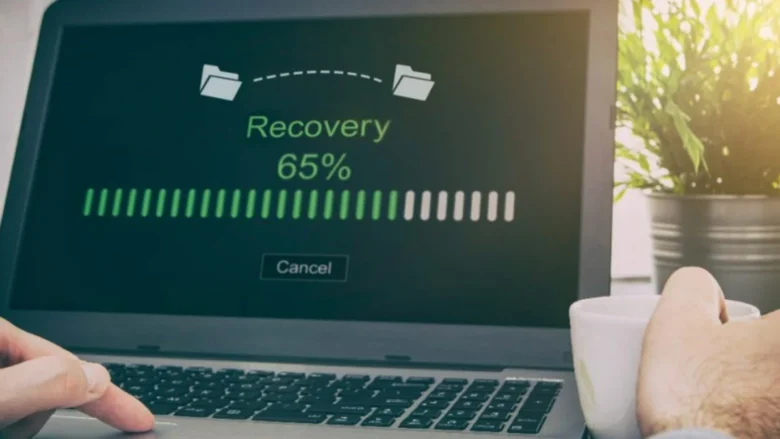The technology known as direct-to-cloud enables users to upload backups of their files straight to the cloud. The Data recovery as well as backup timeframes are inversely correlated, so if you pick a less effective solution, it will take longer to restore or even recover your information. As a consequence, the extent to which repairs are required will also differ. There are a variety of ways essential data may be kept, including on computers, on the cloud, or on local servers. When deciding on a backup and recovery strategy, keep these things in mind. When dealing with bulk data loss situations, an effective backup solution must be found that can fulfill a variety of restoration & recovery needs while also reducing recovery time.
What Are the Steps Involved in Creating a Backup?
A backup is made in the event of inadvertent or intentional deletion, loss, physical damage, cyber-attacks, and some other kinds of data loss. Your data may be backed up locally, remotely, or a combination of the two locations. A company’s continuity and catastrophe recovery plan would be incomplete without an offshore data backup.
Restoration is the term used to describe the process of gaining access to lost data from a backup. This might imply using an old or new technology to store backup tapes. C2C and C2L data transfers may also be part of such process. Restoring and resuming normal activities after the loss or destruction of data. A “BCDR” solution is a term used to describe products that concentrate on fast data and operations recovery after a disaster. BCDR is a name that is sometimes used to designate these methods.
Data Restoration/Recovery Methods
• Restoring Files:
Data recovery or indeed data restoration is the act of restoring damaged or deleted data to its original place using a copy that was made as a backup. This allows system administrators to access protected systems’ file structures and get specific data from them. If you simply need to regain access to single file or a small volume of data from such a backup copy, this is the method you should utilize.
• Restoring Volume:

To do a volume restoration, you’ll need a backup of the data you wish to recover. Using this feature, users may convert files while retaining the privileges that came with them when the files were created. Long-term file repairs benefit from this technique when a physical hardware repair is not necessary.
• Bare Metal Restoration:
It is possible to “restore” a whole system by copying the snapshot some other backup physical server. The term “bare metal” refers to hardware that has not been utilized or configured. The only way to fix a server that has been damaged or rendered worthless is to do a bare-metal restore.
• Local Virtualization:
Businesses may quickly get back up and running again when local virtualization is employed as part of their disaster recovery (BCDR) strategy. Hypervisors are used to construct a virtual computer from a backup image in local virtualization. During the time required to restore the central server, businesses may continue as usual. Local virtualization is close to minimizing enterprise downtime by using virtual computers, which saves money.
• Cloud Virtualization:
The aforementioned technique, known as “cloud virtualization,” is used here, however instead of taking place on a local storage device, it takes place on the cloud. Backup images may be stored in a third-party cloud by certain BCDR systems. Assume that a flood or fire has damaged the main and backup servers, leaving them useless. Business as normal may then be resumed using a backup server where image is stored in the cloud.
Conclusion
Installing a high-quality file recovery tool and telling it to look for and recover lost, or damaged data is the best way to get the data back. Data that has been corrupted may be restored using this method. A typical computer user may easily utilize these programmes to recover data that has been wiped for a long period of time. You will be required to pay either a one-time fee or a regular membership fee in order to make use of the vast majority of data recovery programmes. It’s still possible to get free versions of most of these programmes, which enable you to recover certain data. For more information about tech, click to home theatre power manager that would be the right place for you.
